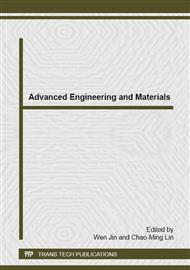p.221
p.227
p.235
p.241
p.246
p.252
p.257
p.265
p.270
Emotional Classification Algorithm of Micro-Blog Text Based on the Combination of Emotional Characteristics
Abstract:
Now micro-blog media is growing fast and micro-blog short text has also become a new type of information carrier. User’s sentiment orientation and emotion of the topic or event in a large number of user’s micro-blog, can not only provide decision-making basis in business but also provide support for government's public opinion monitoring. During micro-blog emotion classification, characteristic information is extracted directly influences the classification effect. This paper uses emotional sentences, emotional symbol, emotional word polarity and other emotional information as classification feature, and use NLP&CC Chinese micro-blog sentiment analysis evaluation standard segmentation of emotion in the polarity based emotion. This paper proposed the Chinese micro-blog sentiment classification based on the feature of amorous feeling. Parallel tests suggested that this method has better classification results, and has verified when micro-blog text’s emotional level is higher, the effect of the method is better.
Info:
Periodical:
Pages:
246-251
Citation:
Online since:
December 2014
Authors:
Price:
Сopyright:
© 2015 Trans Tech Publications Ltd. All Rights Reserved
Share:
Citation:


